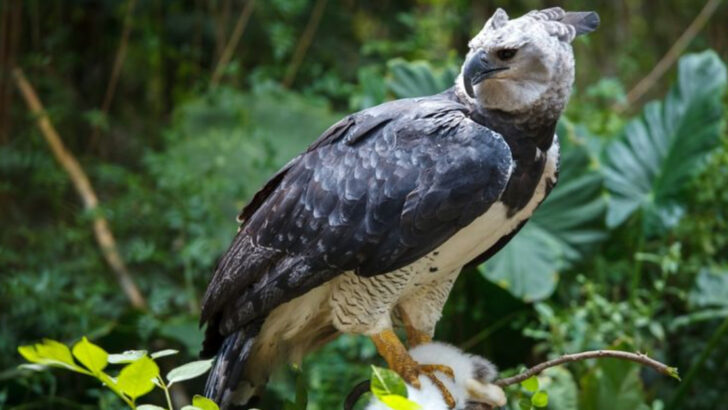Discover the awe-inspiring world of the Harpy Eagle, a bird that captivates with its sheer size and strength. Known for its imposing stature and hunting prowess, this apex predator rules the skies and forests of Central and South America. With unparalleled power and a striking appearance, the Harpy Eagle remains a symbol of wild majesty. Explore these tantalizing facts that paint a vivid picture of a creature both terrifying and mesmerizing.
Majestic Size and Wingspan

The Harpy Eagle is a true giant in the avian world, boasting one of the largest wingspans among eagles, ranging from 6 to 7.5 feet. This massive wingspan allows it to glide effortlessly through the dense canopies of the rainforest. Its sheer size is not just for show; it enables the capture of large prey, such as monkeys and sloths, with precision. Despite its grandeur, the Harpy Eagle’s wings are surprisingly adapted for maneuverability, making it an exceptional hunter. Its presence in the wild is both formidable and awe-inspiring, a testament to nature’s grandeur.
Formidable Talons
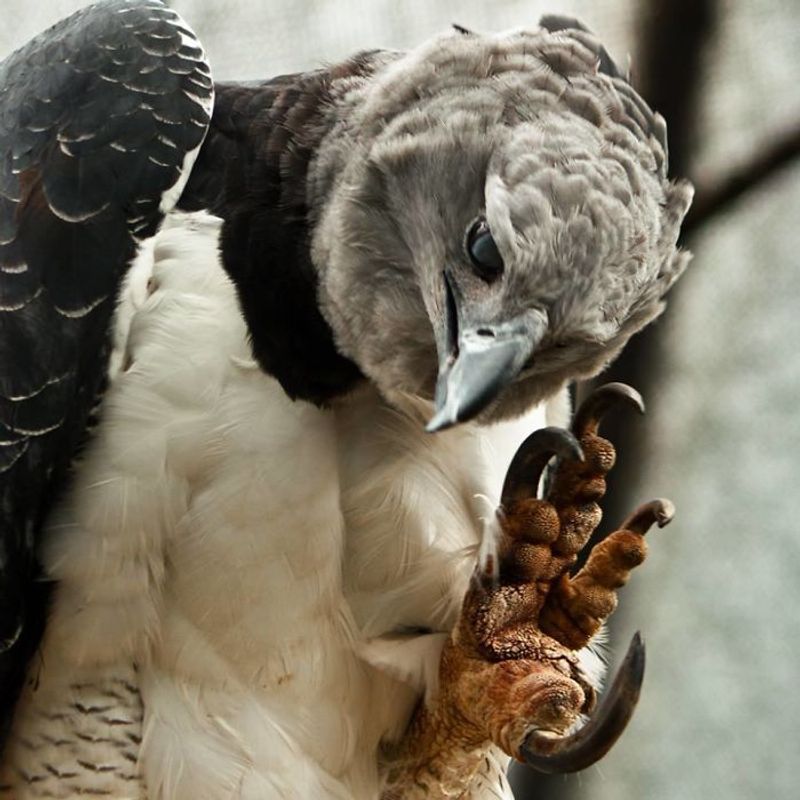
With talons as large as a bear’s claws, the Harpy Eagle’s grip is unparalleled in the bird kingdom. These talons can reach up to 5 inches in length, enabling the eagle to snatch prey with lethal efficiency. Such formidable weapons are necessary for securing large prey and provide the eagle with its unrivaled hunting capabilities. The power of its grasp is awe-inspiring, allowing it to dominate its environment. Witnessing these talons in action is a reminder of the raw power that nature harbors, hidden among the trees.
Stealthy Predator
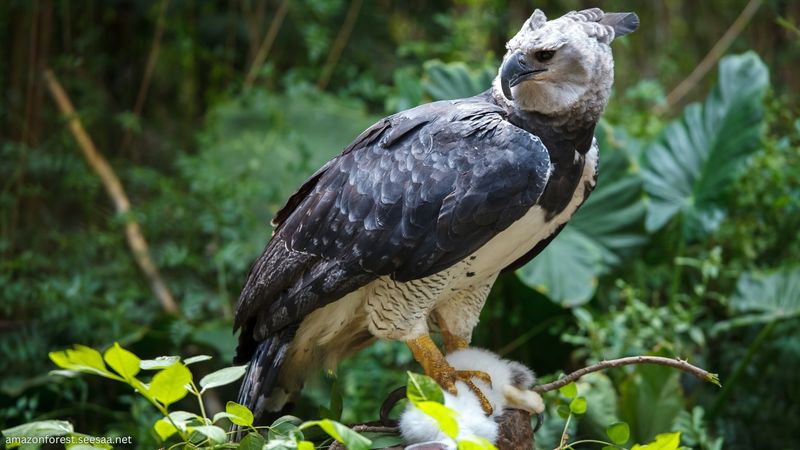
The Harpy Eagle is not only powerful but also incredibly stealthy. Its muted coloration allows it to blend seamlessly into the forest, making it a master of ambush. This bird’s keen eyesight is crucial, enabling it to spot prey from great distances. Once it locks onto a target, the eagle glides silently, closing the distance with lethal precision. It’s a silent hunter, moving with grace and intent. This combination of strength and stealth makes the Harpy Eagle a top predator in its natural habitat, an unseen force within the forest canopy.
Regal Crest

The Harpy Eagle’s striking crest is one of its most distinguishing features. This regal adornment consists of a crown of feathers that it raises when threatened or displaying dominance. The crest gives the eagle an imposing and majestic appearance, an emblem of its status as a ruler of the skies. More than just decoration, it plays a role in communication and courtship. The sight of a Harpy Eagle raising its crest is a spectacle of nature’s artistry, a display of both beauty and power that commands respect in the animal kingdom.
Top of the Food Chain
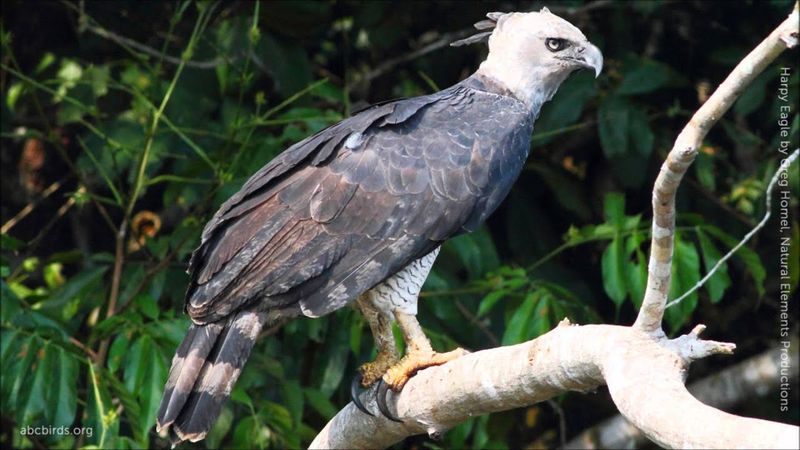
As an apex predator, the Harpy Eagle reigns supreme in its ecosystem. Its diet primarily consists of medium-sized mammals and large birds, which it captures with unmatched skill. This dominance ensures the health of the forest by controlling prey populations. The eagle’s role is crucial in maintaining the balance of its habitat, showcasing the intricate web of life. Its presence is a testament to the delicate equilibrium of the rainforest. The Harpy Eagle’s dominance is a powerful reminder of the natural world’s complexity and the importance of predator-prey relationships.
Complex Courtship Rituals
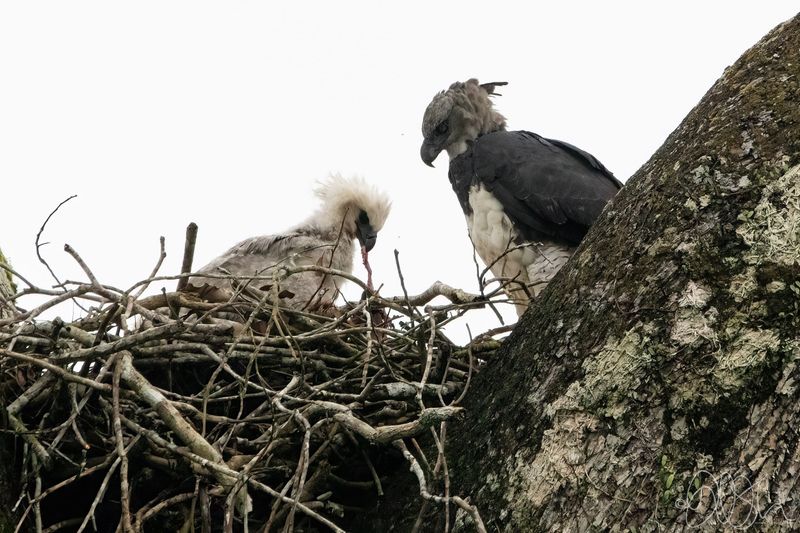
Harpy Eagles exhibit fascinating courtship rituals, where pairs engage in coordinated displays to strengthen their bond. These rituals include aerial acrobatics and the exchange of gifts like branches. The male often presents food to the female as a demonstration of his capability and commitment. Such intricate behaviors are vital for establishing a strong partnership, necessary for raising their young. The courtship of Harpy Eagles is a dance of coordination and trust, reflecting the deep connection between these majestic birds. It’s a glimpse into the complex social structures of avian life.
Impressive Lifespan
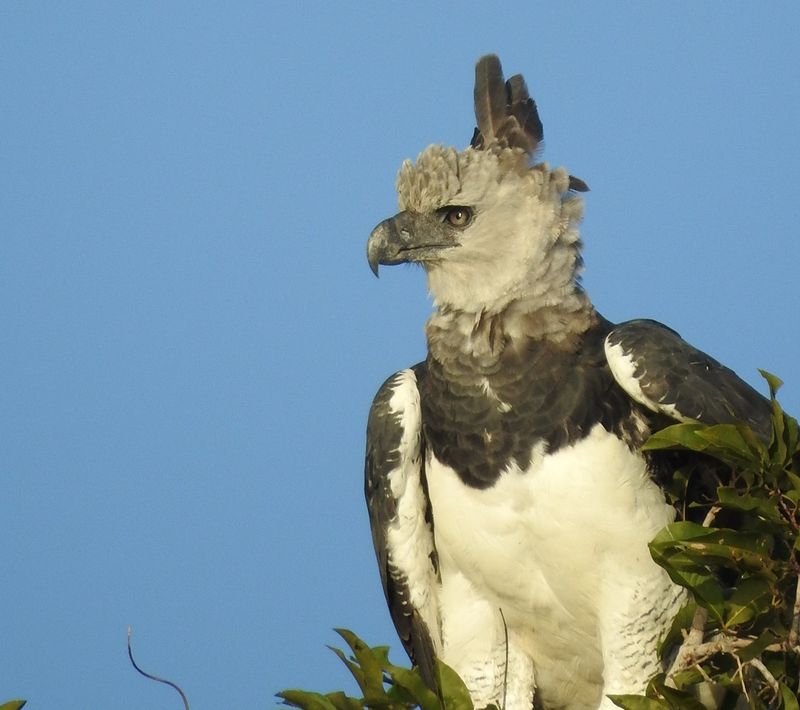
Harpy Eagles enjoy a long lifespan, often reaching 25 to 35 years in the wild. This longevity is due in part to their position as top predators, facing few threats from other animals. Their extended lifespan allows them to play a substantial role in their ecosystem over many years. However, this also means they reproduce slowly, with pairs raising only one chick every two to three years. This slow reproductive rate highlights the importance of conservation efforts. The Harpy Eagle’s long life is a testament to its resilience and the intricate balance of its environment.
Endangered Majesty
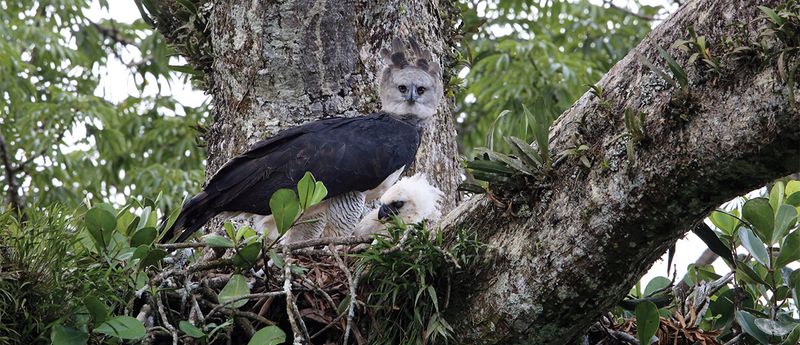
Despite their strength, Harpy Eagles face threats from habitat destruction and human activities. These magnificent birds are listed as near threatened, with their numbers declining due to deforestation. Conservation efforts are crucial to protect their habitat and ensure their survival. Programs focusing on environmental education and habitat preservation are vital to their future. The majestic Harpy Eagle serves as a flagship species for conservation, embodying the urgent need to protect the world’s biodiversity. Their plight is a call to action for preserving the intricate tapestry of life on Earth.
Powerful Beak
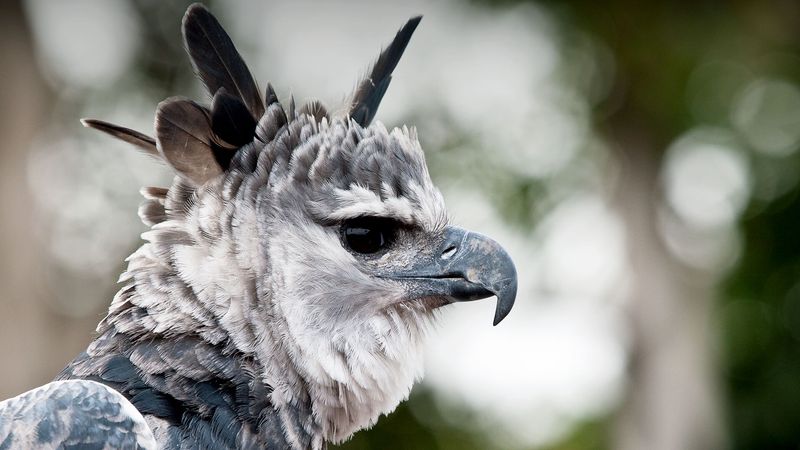
The Harpy Eagle’s beak is a formidable tool, designed for power and precision. Its large, hooked shape allows it to tear through tough prey with ease, making feeding efficient and effective. This beak is essential for survival, enabling the eagle to access the nutritious parts of its catch. The strength of its beak is indicative of the eagle’s overall might and adaptability. Observing the Harpy Eagle’s feeding habits provides insight into the evolutionary marvels that enable such predators to thrive. The beak is a symbol of its dominance and skill in the wild.
Silent Flight
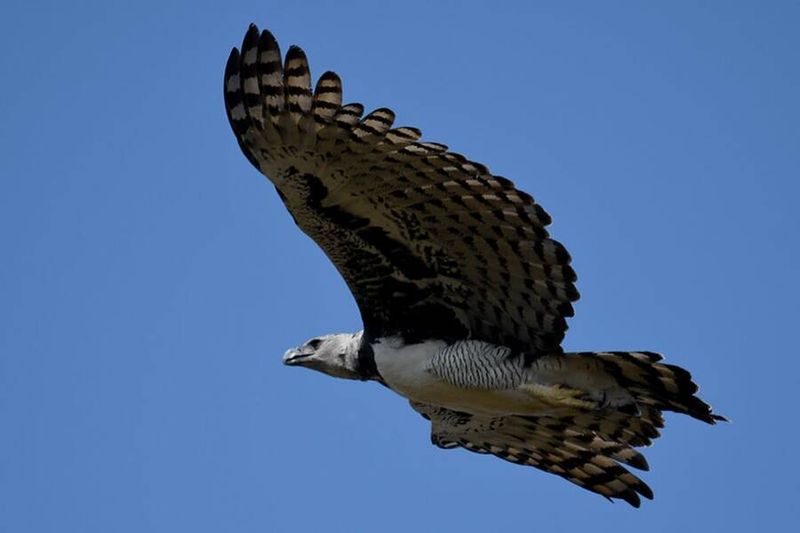
The Harpy Eagle’s flight is marked by a near-silent glide, a crucial adaptation for hunting. Its large wings are designed to minimize noise, allowing it to approach prey undetected. This silence is achieved through specialized feathers that reduce turbulence. Such an adaptation is vital for surprising prey and ensures the eagle’s success as a hunter. The ability to fly silently adds to its mystique and effectiveness, making it an elusive presence in the skies. This silent flight is a testament to the intricate adaptations that define its role as a predator.
Unique Nesting Habits

Harpy Eagles build their nests high in the tallest trees, providing safety and a vantage point over their territory. These nests are large, often reused and maintained for many years. The choice of nesting site is strategic, ensuring a secure environment for raising their young. The commitment to nurturing their chicks is evident in the care they invest in these nests. Each nest represents a legacy of the eagles’ enduring presence in the rainforest. These unique nesting habits exemplify the Harpy Eagle’s role as a guardian of the forest’s future.
Keen Eyesight
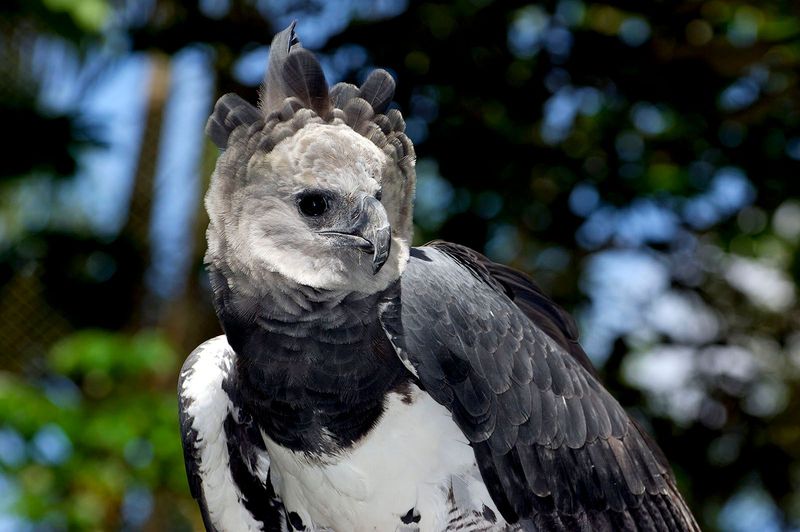
The Harpy Eagle’s eyesight is one of its most powerful tools, capable of spotting prey from great distances. Its vision is acute, allowing it to detect even the slightest movement in the dense foliage. This keen eyesight is crucial for hunting and navigating the complex rainforest environment. The eagle’s ability to see with such clarity gives it a remarkable advantage over its prey. It’s an evolutionary adaptation that underscores the precision and efficiency of this apex predator. The Harpy Eagle’s eyes are windows into the masterful design of nature’s hunters.
Vocal Communication
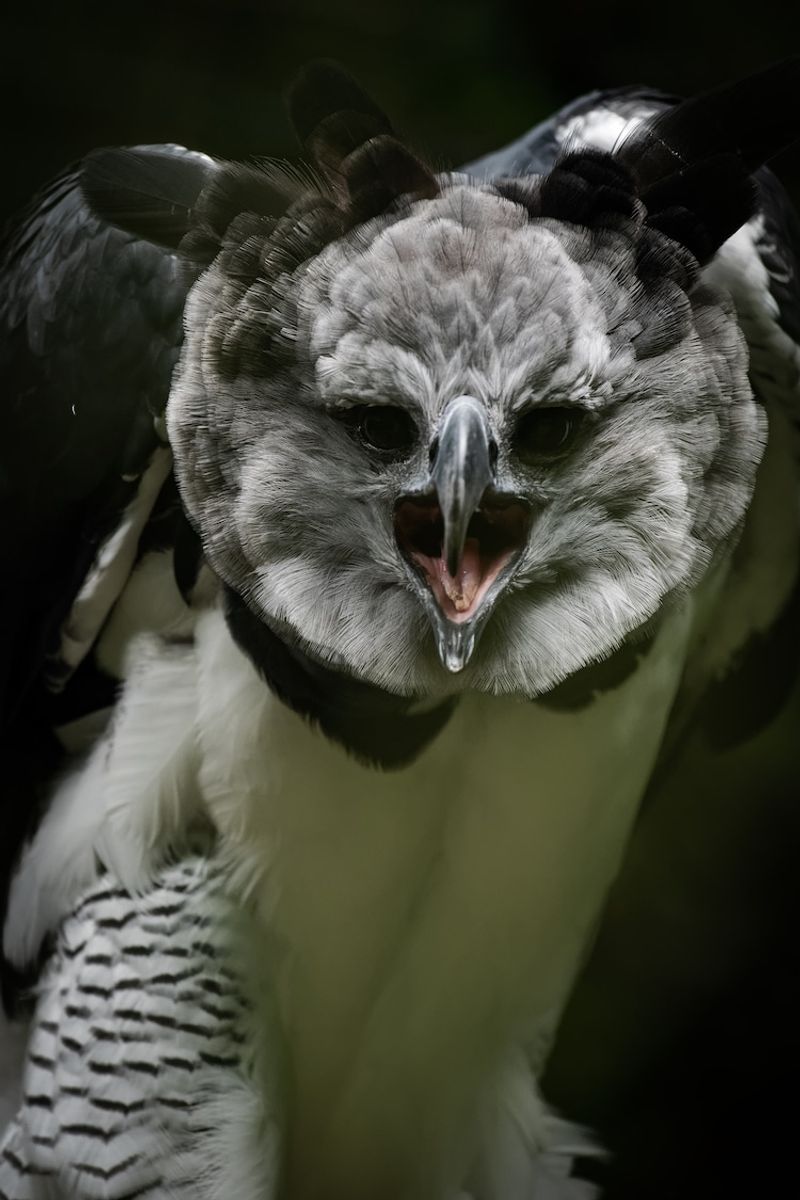
Harpy Eagles are known for their distinctive vocalizations, used to communicate with mates and warn intruders. These calls vary from high-pitched whistles to deeper, more resonant sounds. Vocal communication plays a key role in maintaining social bonds and territorial integrity. The eagle’s calls are a language of the wild, conveying messages across the canopy. This vocal prowess adds another layer to their complex behavior, highlighting their social intelligence. Understanding these vocalizations provides insight into the dynamic lives of these majestic birds, echoing through the rainforest.
Cultural Significance
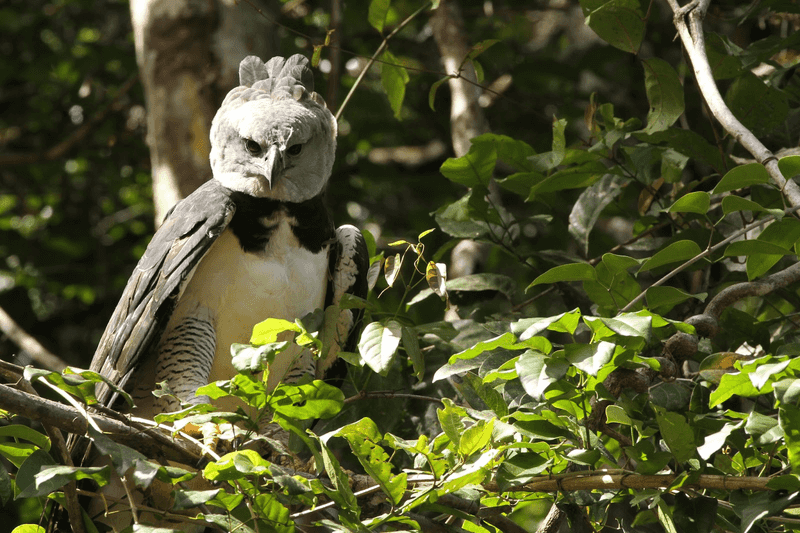
The Harpy Eagle holds significant cultural value for many indigenous peoples of Central and South America. It is often seen as a symbol of strength and freedom, revered in myths and folklore. The eagle’s majestic presence has inspired countless stories and artistic representations. In some cultures, the Harpy Eagle is believed to be a messenger between the earth and sky. This cultural significance underscores the deep connection between nature and human heritage. The eagle’s role in tradition and storytelling enriches its legacy, weaving it into the cultural fabric of the region.
Seasonal Movements
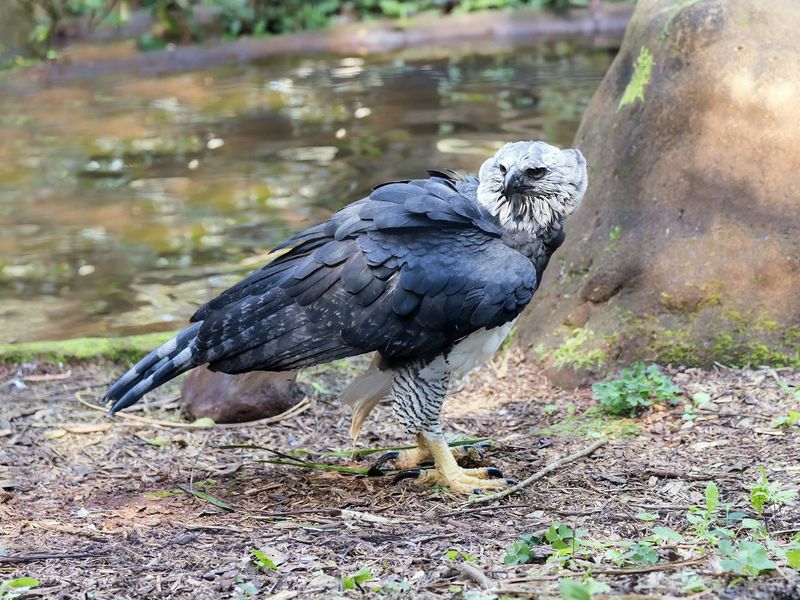
Unlike many birds, the Harpy Eagle does not migrate long distances. However, it does exhibit seasonal movements to follow prey availability. These movements are often subtle, with eagles shifting territories based on food resources. This adaptability ensures their survival in changing environments, highlighting their resilience. Such movements also reflect the interconnectedness of ecosystem dynamics. The Harpy Eagle’s ability to adapt to seasonal changes is a key factor in its survival strategy. This behavior exemplifies the eagle’s role as a dynamic participant in the ebb and flow of the rainforest.
Role in Biodiversity
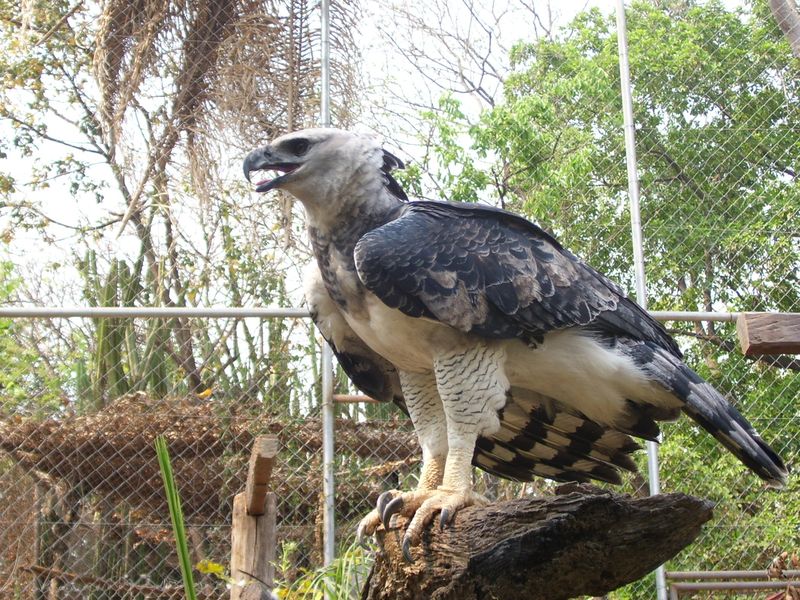
The Harpy Eagle plays a crucial role in maintaining the biodiversity of its habitat. As an apex predator, it helps regulate the populations of its prey, such as monkeys and sloths. This regulation is vital for the health of the forest ecosystem, preventing overpopulation and promoting a balanced environment. The eagle’s presence is a keystone, supporting the intricate web of life in the rainforest. Understanding its ecological role highlights the interconnectedness of all living things. The Harpy Eagle is more than a bird; it’s a guardian of the forest’s biodiversity.

